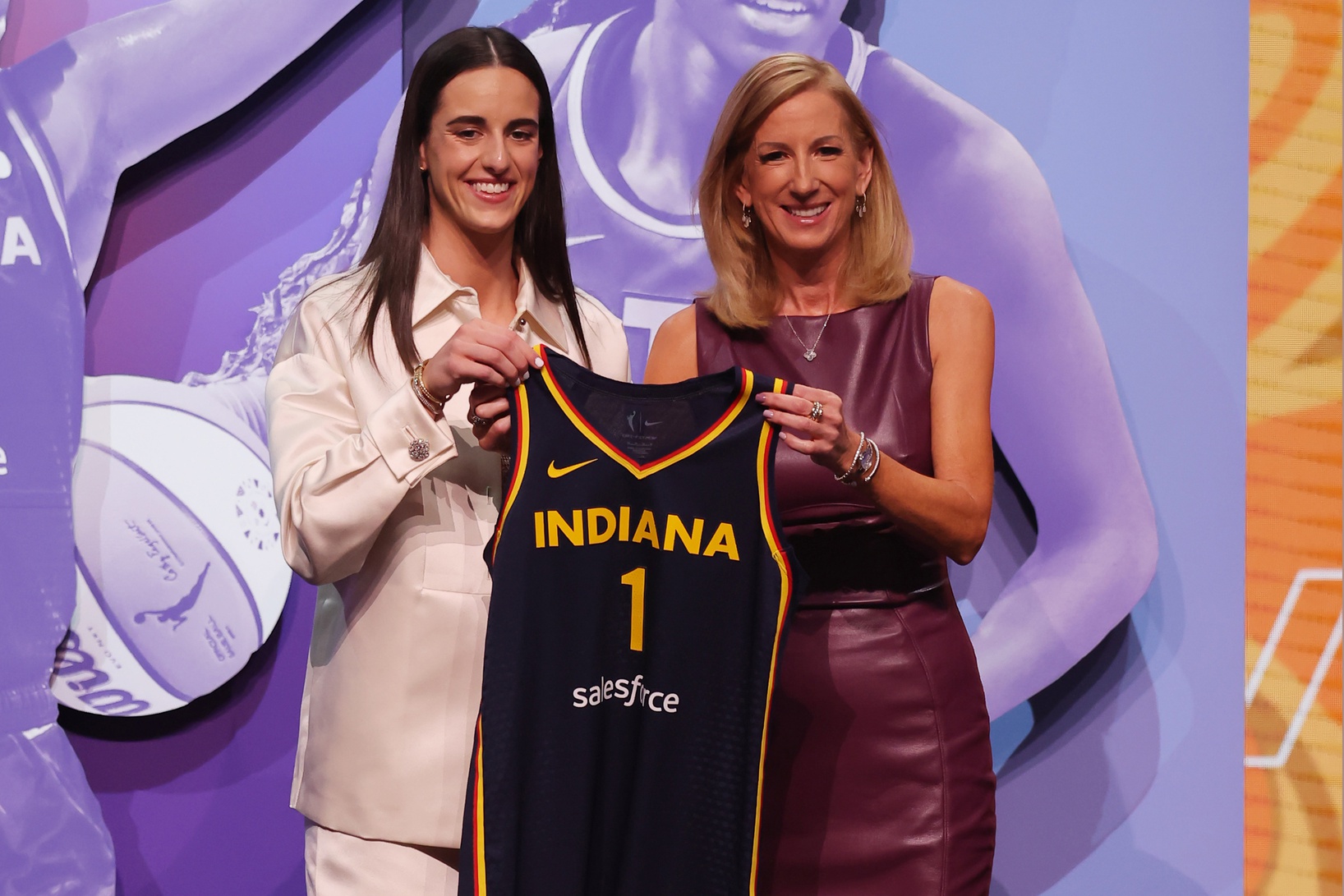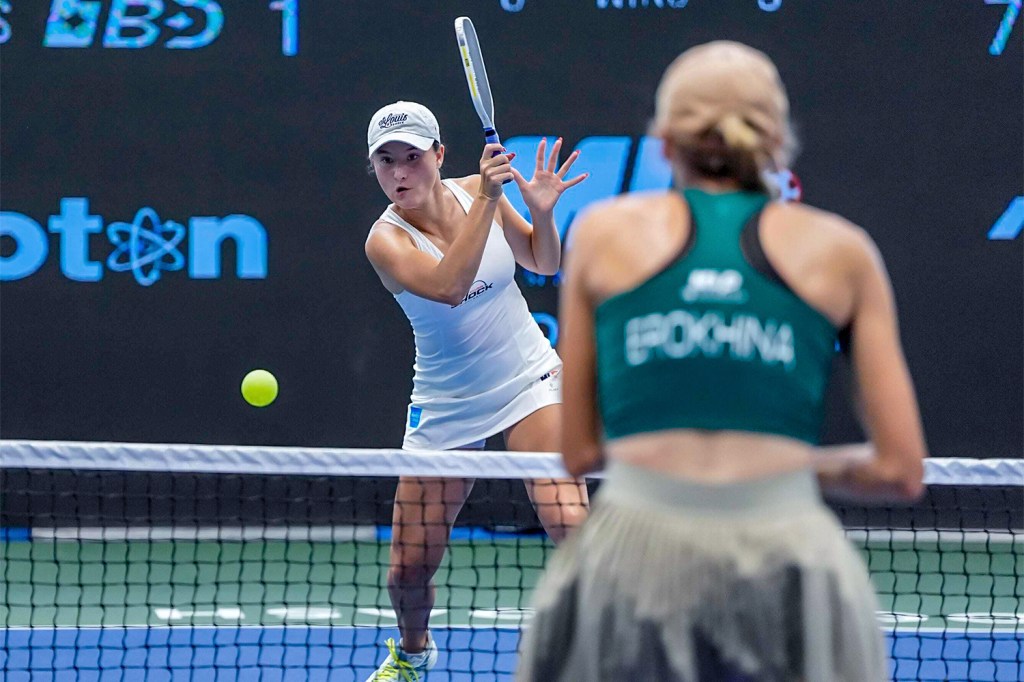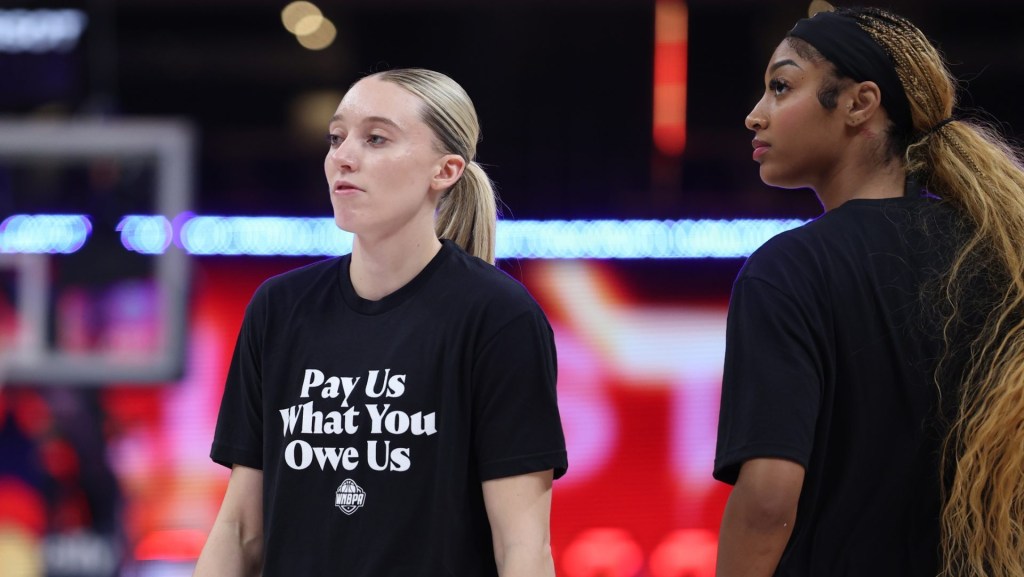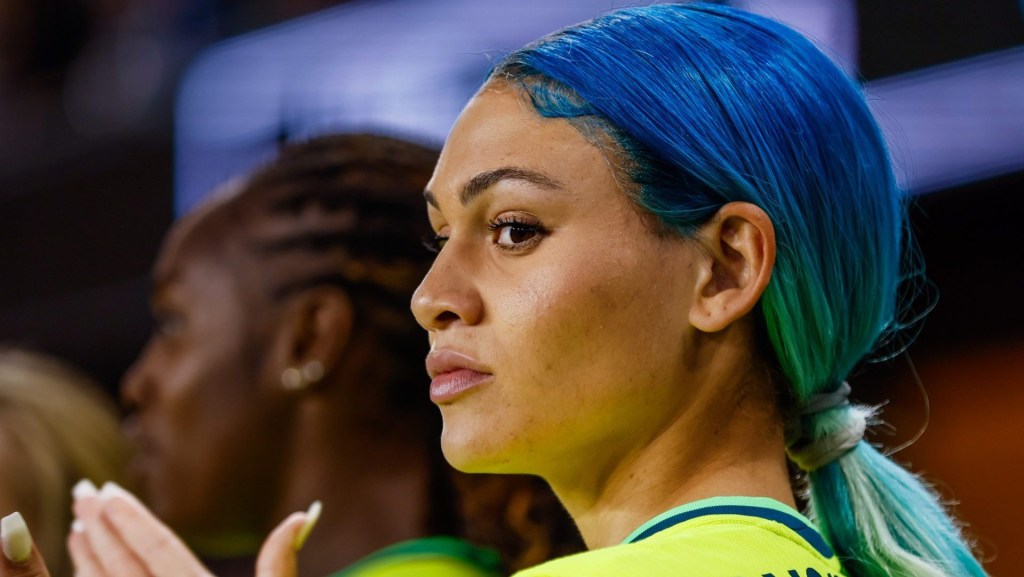When players are drafted into leagues like the NBA, NFL, or NHL, they get several months to acclimate to their new team, city, and surroundings before any regular-season action. That’s not the case for first-year WNBA players, though. Not to mention the ensuing whirlwind for their new teams and the league’s broadcast partners looking to become familiar with the fresh talent.
There are only 37 days between the women’s NCAA national championship game, which featured No. 1 pick Caitlin Clark (Indiana Fever) and No. 3 selection Kamilla Cardoso (Chicago Sky), and the start of the WNBA regular season, with an even shorter 29-day sprint from the draft to debut day:
- April 7: Women’s national championship game
- April 15: WNBA draft
- April 28: Training camps open
- May 3: Preseason begins
- May 14: Regular season starts
And from there, the drama is only getting started, with several eye-catching matchups involving Indiana slated for the first few weeks, across four different broadcast partners in Disney, Amazon, Ion, and NBA TV. Those broadcasters are no doubt hoping the interest in Clark that led to record viewership during March Madness translates to the professional ranks. Meanwhile, teams’ ticket offices will be working overtime to sell fans on the best matchups.
Clark’s second and third games in the league, on May 16 and 18, will be against Sabrina Ionescu and the New York Liberty, last year’s WNBA Finals runners-up. May 24 and 25 will bring an enticing back-to-back for the Fever: Visits to the Los Angeles Sparks, who used the No. 2 pick on Cameron Brink, and the defending champion Las Vegas Aces.
Finally, on June 1, Indiana will face Chicago in the first game of the Commissioner’s Cup, which awards $500,000 to the winning team. In that matchup, Clark will face two old collegiate rivals in Cardoso and former LSU star Angel Reese, who was taken with the No. 7 pick by the Sky.
What About This Expansion Talk?
At the WNBA draft, commissioner Cathy Engelbert (above, right) once again laid out her goals for growing the league. With a Bay Area franchise becoming the 13th club next season, the hope is to now have a 14th by 2026, with 16 teams by 2028.
But this isn’t the first time Engelbert has offered an expansion timeline, and that hasn’t always panned out. Last May the commissioner’s plan was to have multiple franchises in new cities by 2025. She reiterated that stance in October, and for a time it looked like that was coming to fruition … but a bid in Portland eventually fell through.
As she has done previously, Englebert on Monday pointed to Philadelphia, Toronto, Denver, Nashville, and South Florida, in addition to Portland, as potential expansion candidates. Other markets mentioned in the past have included Austin and Charlotte. If a 14th team is to be added for the 2026 season, it will likely need to be announced sometime around the WNBA Finals this fall to give the incoming franchise a proper runway, like what the Bay Area team is getting.

















